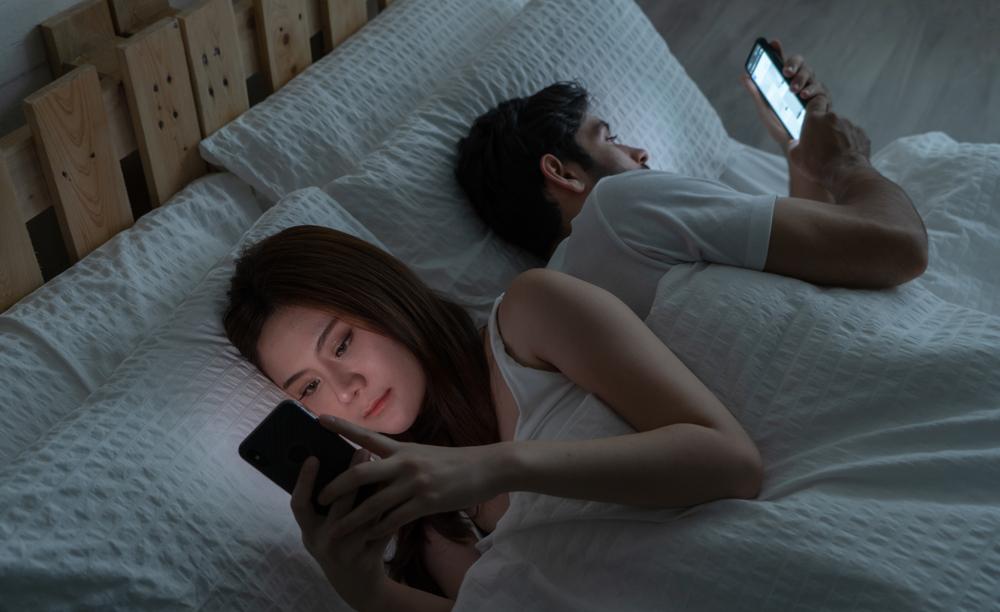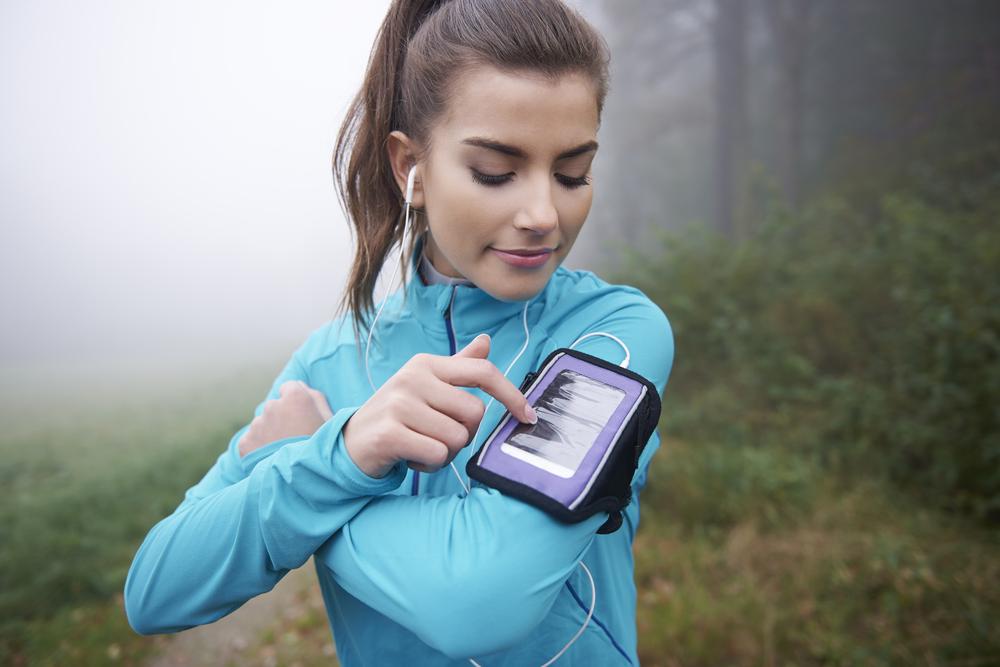Picture this: Your alarm goes off in the morning, and you wake up to start your day. Before getting out of bed, you check all of the notifications on your phone. Maybe you do some morning yoga or go on a walk. While you’re making breakfast or waiting for your morning coffee, you scroll through all your social media apps to pass some time. At work, you go throughout your day staring at your computer screen. Even meetings now are virtual. You go to the gym, working out to your favorite music on your phone, or you do an at-home streaming workout class. You cook a healthy dinner and then turn on the TV to watch your favorite Netflix show. Right before bed, you scroll through your social media apps one last time before finally hitting the hay.
If this is very easy for you to picture, we don’t blame you!






